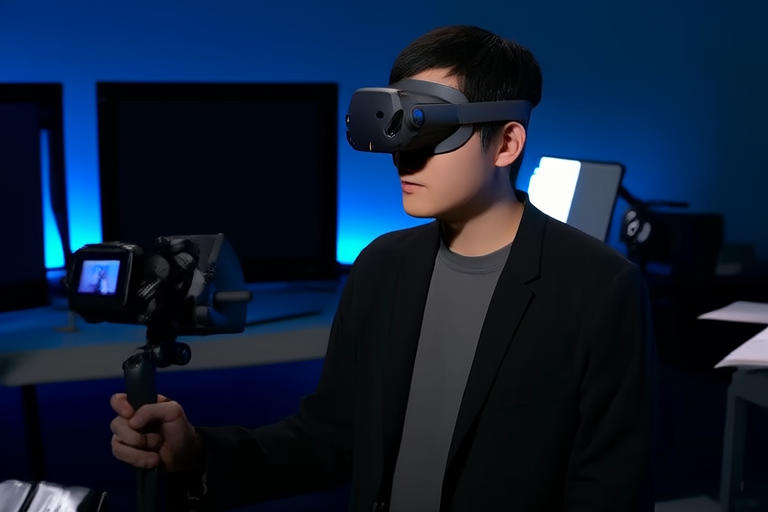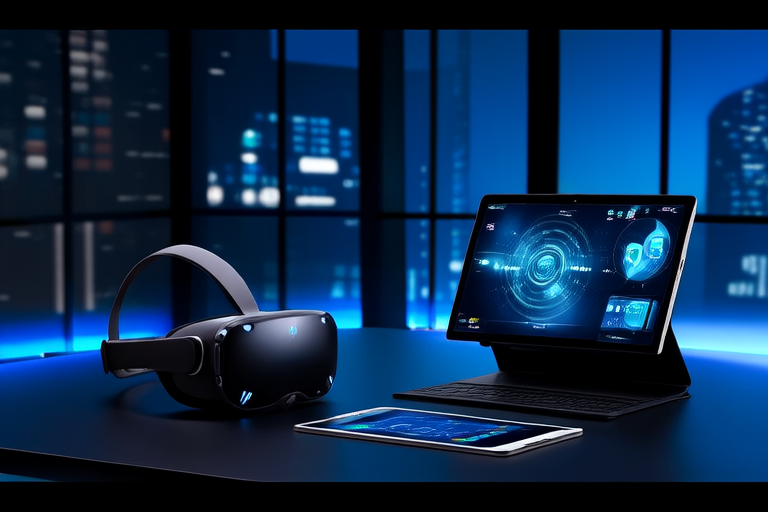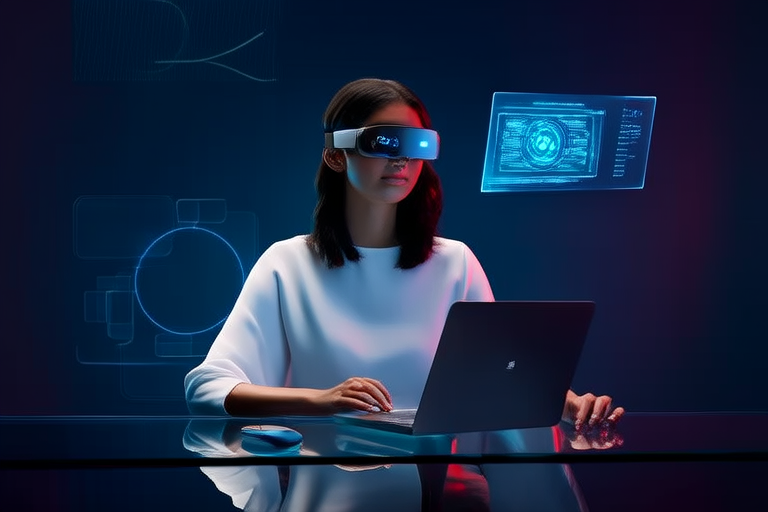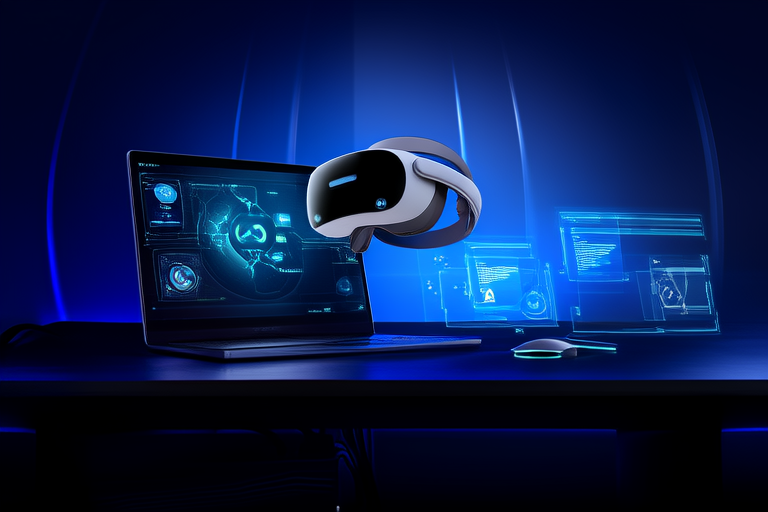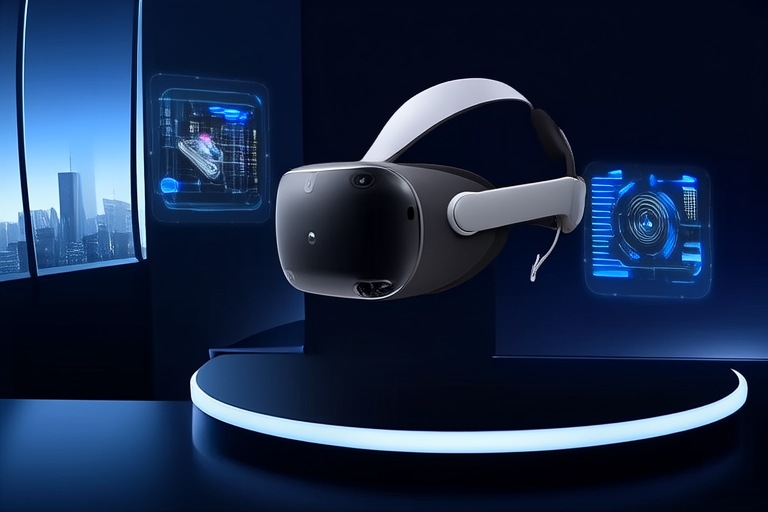“`html
From Concept to Reality: The Transformative Power of VR and AR Today
Introduction
Virtual Reality (VR) and Augmented Reality (AR) are two cutting-edge technologies that have been rapidly evolving over the past few decades. While VR immerses users in a completely digital environment, AR overlays digital information onto the real world, enhancing the user’s perception of reality. These technologies have come a long way since their inception, and today, they play a significant role in various industries, from education and healthcare to retail and entertainment.
The journey of VR and AR began with early concepts and prototypes in the mid-20th century. Over time, advancements in hardware, software, and computing power have transformed these once-niche technologies into mainstream tools with wide-ranging applications. This article explores the evolution of VR and AR, their current applications, and the immense potential they hold for the future.
Evolution of VR and AR
The origins of VR can be traced back to the 1960s, when Ivan Sutherland created the first head-mounted display system called the “Sword of Damocles.” However, it wasn’t until the late 20th century that VR started gaining traction with the advent of more advanced graphics and processing capabilities. Key milestones include the development of the CAVE Automatic Virtual Environment (CAVE) in the 1990s and the launch of consumer-grade headsets like the Oculus Rift and HTC Vive in the 2010s.
AR, on the other hand, emerged in the 1990s with projects like the “Tanks” augmented reality system. It gained significant attention with the release of Pokémon Go in 2016, which brought AR to millions of users worldwide. Breakthroughs in mobile technology, particularly the integration of cameras and sensors in smartphones, have made AR more accessible and user-friendly. These advancements have paved the way for widespread adoption across various sectors.
Current Applications of VR and AR
Education and Training
VR and AR are revolutionizing the way we learn and train. In educational settings, these technologies provide immersive learning experiences that engage students in ways traditional methods cannot. For example, medical students can practice surgeries in a simulated environment, while history enthusiasts can explore ancient civilizations through interactive tours. Such applications not only enhance understanding but also foster critical thinking and problem-solving skills.
Healthcare
In the healthcare sector, VR and AR are being used for medical training, therapy, and patient care. Surgeons can simulate complex procedures, reducing risks during actual operations. Additionally, VR-based therapies help patients manage pain and anxiety, offering non-invasive treatment options. AR applications assist doctors in visualizing patient data in real-time, improving diagnostic accuracy and treatment outcomes.
Retail and Marketing
Retailers are leveraging AR to enhance customer experiences and drive sales. Brands are using AR to create virtual try-ons for clothing, makeup, and accessories, allowing customers to visualize products before purchasing. Interactive product demonstrations and personalized shopping experiences are becoming increasingly common, providing consumers with a more engaging and convenient shopping experience.
Entertainment
The entertainment industry has embraced VR and AR, transforming gaming, film, and live events. Gamers can now fully immerse themselves in virtual worlds, experiencing games in a more interactive and realistic manner. AR enhances live events by overlaying digital elements onto real-world environments, creating unique and memorable experiences for attendees. Popular platforms like PlayStation VR and Google ARCore continue to push the boundaries of what is possible in entertainment.
Challenges and Limitations
Despite their promising potential, VR and AR face several challenges. One of the primary obstacles is cost. High-end equipment can be expensive, limiting access for many users. Additionally, the need for powerful hardware and software poses technical challenges. Ensuring seamless user experiences and addressing concerns related to motion sickness and eye strain are also crucial considerations.
To overcome these challenges, ongoing research and development efforts are focused on improving affordability, performance, and usability. Innovations in hardware design, software optimization, and user interface enhancements aim to make VR and AR more accessible and enjoyable for a broader audience.
Future Potential
The future of VR and AR looks incredibly promising, with emerging trends and innovations set to expand their reach and impact. As technology continues to advance, we can expect more sophisticated applications in various industries. For instance, VR could revolutionize remote work and collaboration, enabling teams to interact in shared virtual spaces. AR may transform urban planning and architecture, allowing designers to visualize and test concepts in real-world environments.
Looking ahead, the integration of VR and AR with other emerging technologies like artificial intelligence (AI) and the Internet of Things (IoT) holds immense potential. These synergies could lead to groundbreaking applications, further enhancing productivity, creativity, and quality of life. The next decade is likely to witness significant advancements, making VR and AR integral components of our daily lives.
Conclusion
The transformative power of VR and AR is undeniable. From education and healthcare to retail and entertainment, these technologies are reshaping industries and enhancing user experiences. Despite the challenges they face, the continuous innovation and adoption of VR and AR demonstrate their immense potential for the future.
As we look ahead, it is clear that VR and AR will play an increasingly important role in shaping society and industry. Their ability to bridge the gap between the physical and digital worlds opens up new possibilities for interaction, learning, and entertainment. The future of these technologies is bright, and their impact on our lives will only grow stronger.
“`
